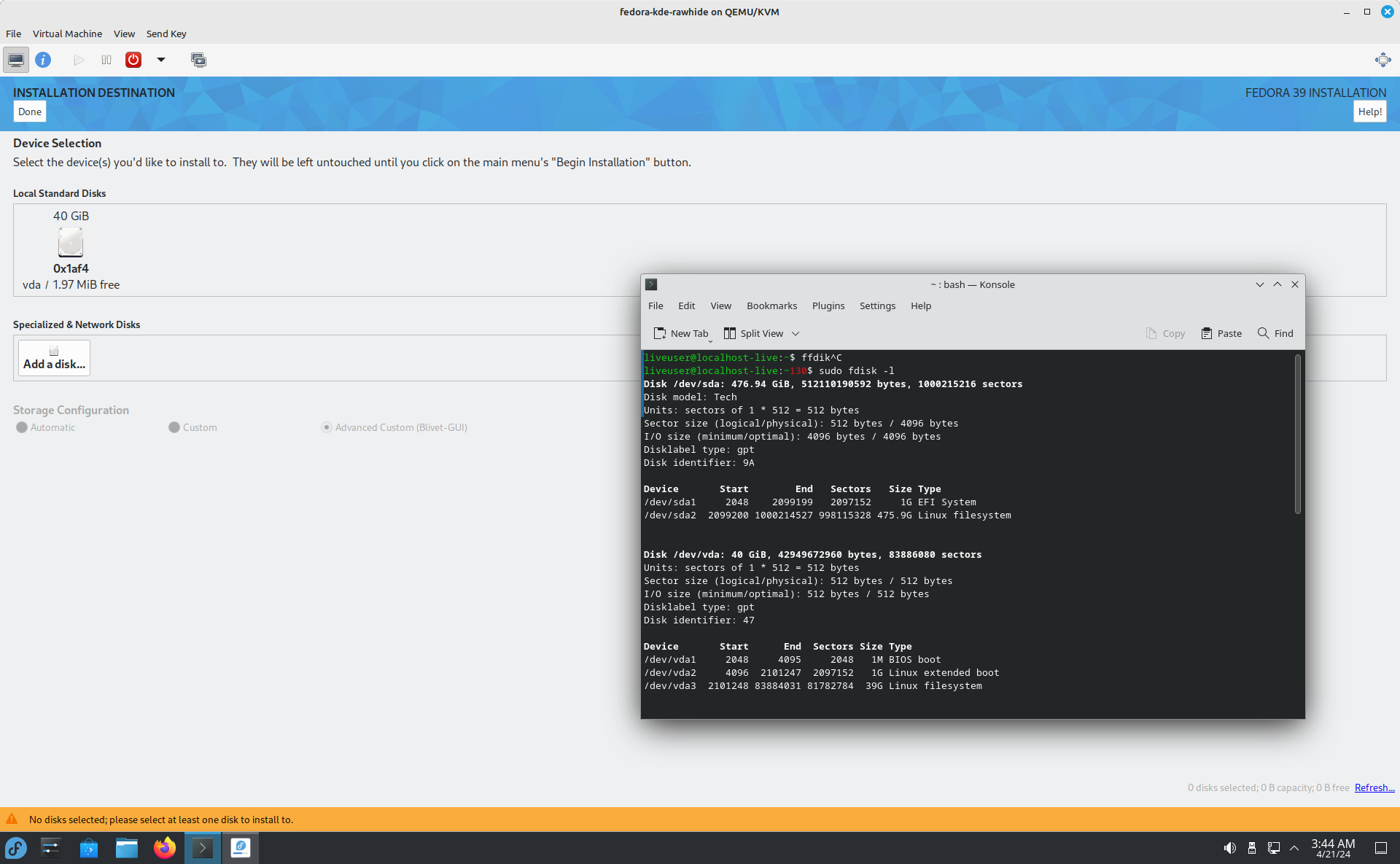

I do think it can achieve that while waiting for network packets (see e.g. https://www.anandtech.com/show/16252/mac-mini-apple-m1-tested).
But in terms of money savings it would rarely make sense, as you need to make it back during the time you run the system. If we assume 6 years lifetime then it would only make sense to pay $120 more. But yes, I’d also go for a system that runs regular Linux :)




It’s an Apple Silicon Mac Mini. Do you have a particular reason to think the new one is less efficient?